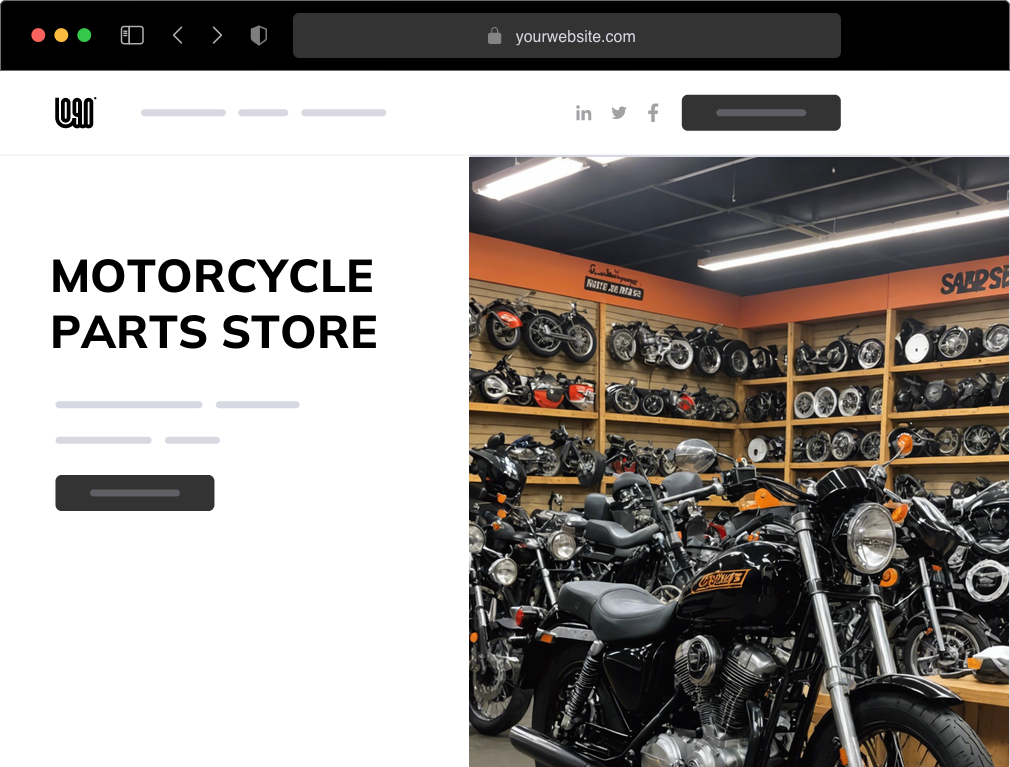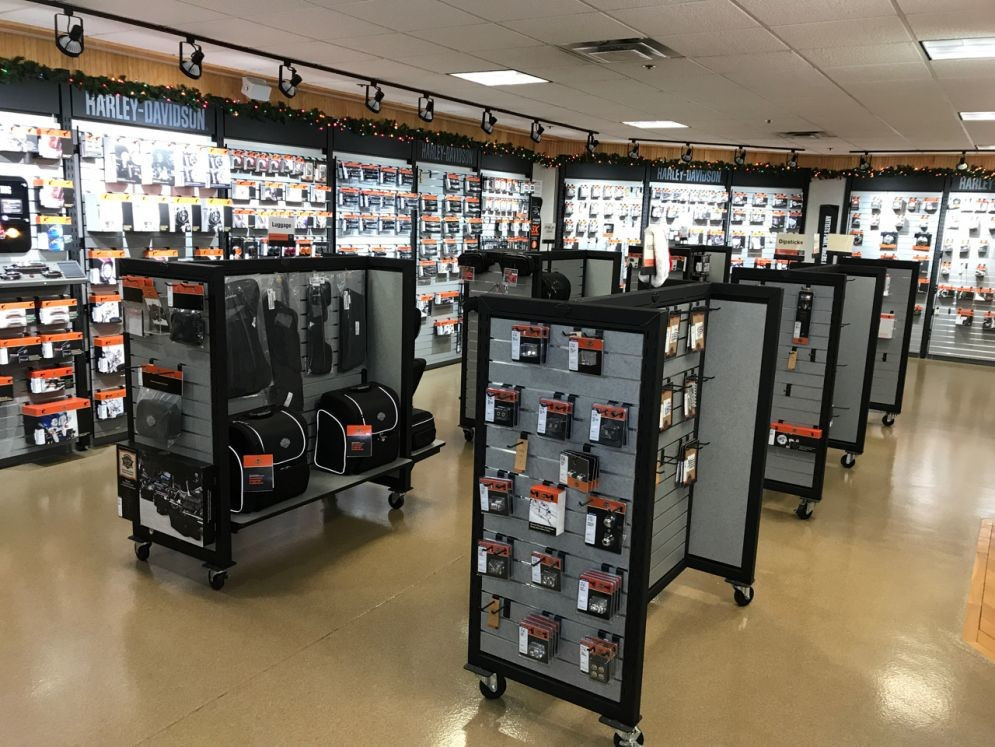Unleash Performance with Costs Motox Parts NZ Available Below
Unleash Performance with Costs Motox Parts NZ Available Below
Blog Article
Grasping Bike Gears: Exactly How to Maximize Your Riding Experience
In the realm of motorcycling, mastering the art of gear manipulation is essential for boosting your riding performance. Correctly understanding and utilizing motorcycle equipments can dramatically affect velocity, control, and fuel effectiveness, transforming an ordinary experience into a smooth, exciting journey. By integrating specific change timing and adapting equipment choice to various roadway conditions, cyclists can guarantee ideal engine performance and safety and security. The nuances of clutch control, throttle control, and equipment mechanics bid a deeper expedition, guaranteeing to unlock the complete potential of your equipment. How can these strategies be harnessed to genuinely optimize your riding experience?
Understanding Equipment Mechanics
At the core of motorbike characteristics, gear technicians play a pivotal role in converting engine power into motion, ultimately dictating rate and control. The gear ratios, thoroughly developed, figure out the connection between engine transformations and wheel turns, affecting velocity and gas performance.
Comprehending equipment auto mechanics starts with recognizing the importance of the gearbox, which houses multiple equipments of varying dimensions. These gears interact with a process known as meshing, where teeth of different gears engage to send power. The precision of this interaction is vital; any kind of imbalance or damages can cause ineffective power transfer, hindering performance. In addition, the plan and size of equipments influence the motorcycle's ability to deal with different tons and speeds.
In addition, the concept of gear moving is integral to taking full advantage of efficiency. Smooth and timely shifts make sure that the engine runs within its optimum power band, avoiding unnecessary stress and boosting longevity (motorcycle parts nz). By comprehending these mechanical ins and outs, cyclists can achieve a harmonious blend of control, power, and performance, raising their riding experience
Timing Your Changes
Change timing proficiency is crucial for optimizing motorcycle efficiency and enhancing the riding experience. Appropriately timed changes guarantee that the engine runs within its optimal power band, which is vital for maintaining control, achieving smooth acceleration, and making sure the durability of the motorcycle. Cyclists have to create an user-friendly feeling of when to change equipments, which includes understanding the relationship in between engine transformations per min (RPM) and rate.
To grasp shift timing, pay attention to the engine's audio and really feel, as these supply vital clues about when to transform gears. When the engine approaches the upper array of its power band without getting to the redline, the excellent change point normally occurs - moto parts nz. Moving too early can result in a lack of power, while changing too late might create unneeded engine pressure
Additionally, road problems and riding design influence shift timing. In comparison, throughout highway riding, less changes at higher speeds can be a lot more appropriate.
Enhancing Fuel Effectiveness
While understanding bike equipments is important for efficiency, improving gas efficiency is equally crucial for both financial and ecological reasons. Ideal gas intake not just reduces operational expenses however additionally minimizes the environmental impact of riding. To attain this, one have to understand the elaborate connection in between equipment selection and engine performance.
First of all, choosing the ideal equipment at proper rates can significantly impact fuel usage. Riding in a higher gear at lower rates can bring about engine hauling, which is detrimental to both fuel economic climate and engine health and wellness. Alternatively, riding in reduced equipments at broadband causes unneeded gas usage. Therefore, preserving an optimal balance by moving gears in positioning with road conditions and anticipated maneuvers is important.
Furthermore, routine maintenance plays a pivotal duty in fuel efficiency. Ensuring that the motorcycle is well-tuned, check these guys out with tidy air filters and appropriately pumped up tires, can improve aerodynamics and lower fuel wastage. Furthermore, taking on a riding style that welcomes progressive acceleration and smooth slowdown can add to far better fuel economic climate.

Methods for Smooth Transitions
Achieving smooth equipment transitions is essential to improving the riding experience and guaranteeing the long life of a motorcycle's transmission system. Correct gear moving not just contributes to a smooth ride however additionally reduces damage on the mechanical components. To grasp the art of smooth changes, bikers have to focus on a couple of key methods.

Secondly, clutch control plays a crucial duty. Engaging and disengaging the clutch smoothly requires practice. The clutch lever must be launched gradually, enabling a smooth transfer of power from the engine to the wheels without triggering a shock or sudden activity.
Adapting to Roadway Problems
Navigating diverse roadway problems is a vital skill for any type of motorcyclist aiming to keep control and safety and security. Whether you're riding on damp surfaces, gravel roadways, or browsing sharp turns, your ability to adjust your equipment usage and riding strategy is paramount. Recognizing just how to change your gears suitably can dramatically affect traction and security, making sure a much safer journey.
On damp roads, it is advisable to keep greater gears to reduce torque and decrease wheel spin. This technique helps keep hold on slippery surface areas, permitting smoother acceleration and slowdown. In contrast, when riding on gravel or uneven surface, lower equipments are more suitable. Reduced equipments provide have a peek here far better control and enable more you to respond even more swiftly to unanticipated changes in the roadway surface.
Sharp contours demand specific gear monitoring to balance speed and control. Downshifting prior to going into a curve can aid preserve energy while ensuring the motorbike continues to be stable throughout the turn. Regular practice in different problems enhances your capacity to forecast and respond to changes in road appearance and slope.
Conclusion
Mastering motorbike gears significantly boosts the riding experience by improving velocity, fuel, and control effectiveness. Adapting gear option to numerous roadway conditions, such as using greater equipments on wet surfaces and reduced equipments on gravel, further boosts handling and safety and security.
Recognizing equipment mechanics starts with identifying the relevance of the gearbox, which houses multiple equipments of varying sizes. These equipments communicate through a procedure understood as meshing, where teeth of different equipments engage to send power (moto parts nz). Mild adjustments to the throttle throughout equipment shifts can protect against jerky motions and maintain a regular riding speed
Whether you're riding on damp surfaces, gravel roadways, or navigating sharp turns, your capacity to adapt your equipment usage and riding strategy is extremely important. Adapting equipment selection to numerous road problems, such as using greater gears on wet surface areas and lower gears on gravel, further improves handling and safety.
Report this page